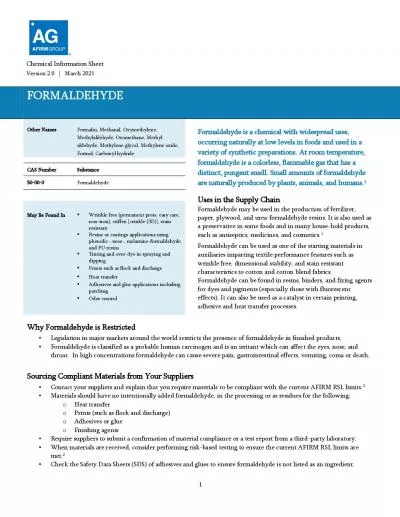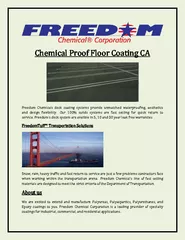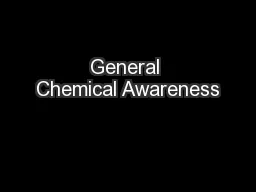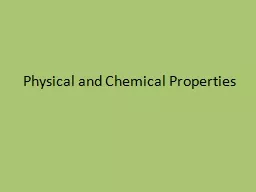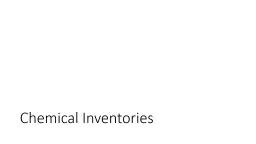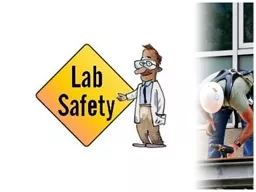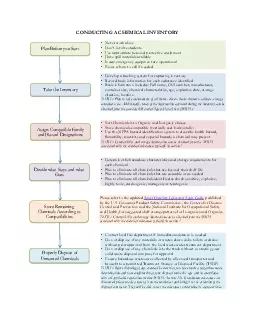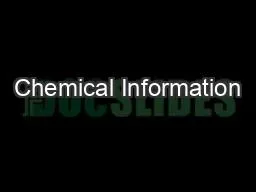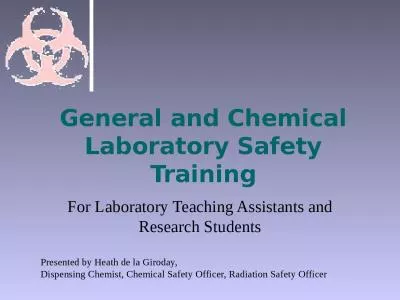PDF-Chemical Information
Author : tabitha | Published Date : 2022-09-22
Shee t Version 20 March 2021 1 FORMALDEHYDE Other Names Formalin Methanal Oxymethylene Methylaldehyde Oxomethane Methyl aldehyde Methylene glycol Methylene oxide
Presentation Embed Code
Download Presentation
Download Presentation The PPT/PDF document "Chemical Information" is the property of its rightful owner. Permission is granted to download and print the materials on this website for personal, non-commercial use only, and to display it on your personal computer provided you do not modify the materials and that you retain all copyright notices contained in the materials. By downloading content from our website, you accept the terms of this agreement.
Chemical Information: Transcript
Download Rules Of Document
"Chemical Information"The content belongs to its owner. You may download and print it for personal use, without modification, and keep all copyright notices. By downloading, you agree to these terms.
Related Documents

